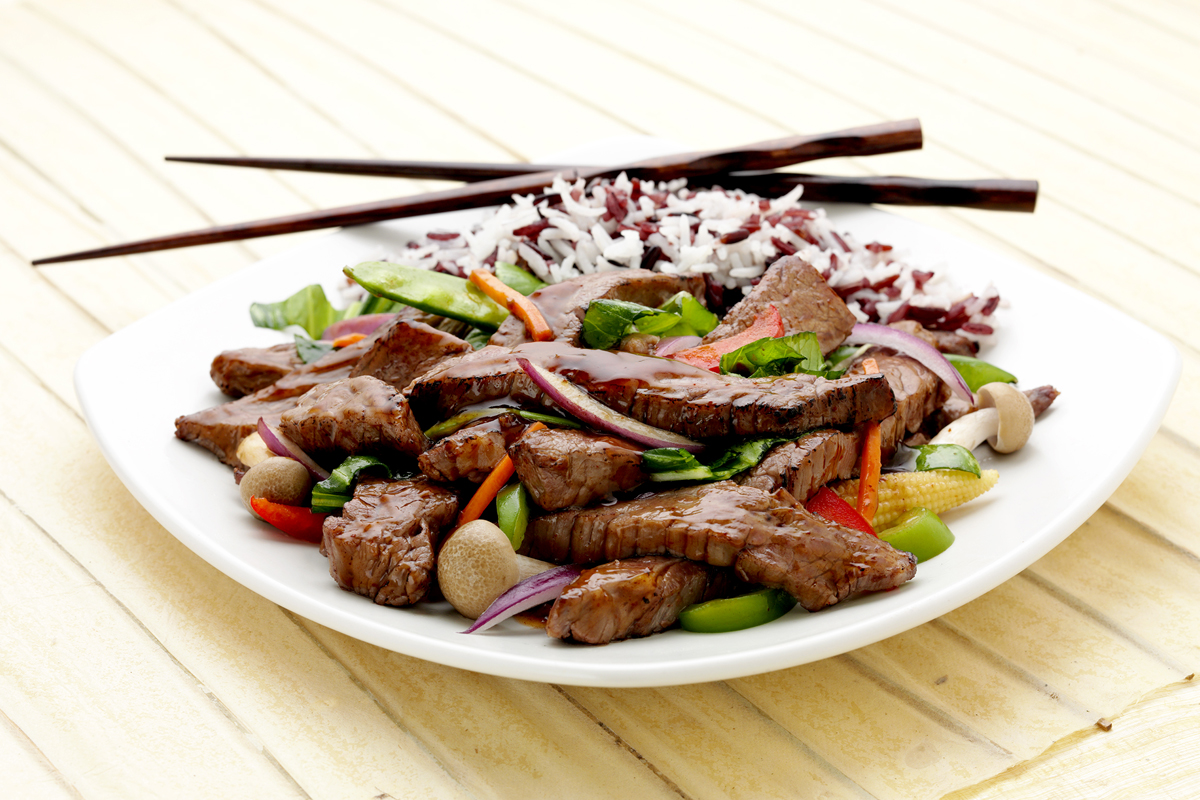Flavor adventure is a priority for today’s consumers, with many turning to ethnic foods and flavors to satisfy their curiosity. Because meat and poultry are mainstays in many global cuisines, formulators are exploring condiments, seasonings and even cooking techniques to add authenticity to all types of protein, including everything from fully cooked deli meats to heat-and-eat meatballs to grill-ready marinated chops and steaks.

MEAT+POULTRY spoke with Christopher Hansen, assistant vice president of culinary and corporate executive chef at OSI Group LLC, Aurora, Illinois, to learn about opportunities in global cuisine.
MEAT+POULTRY: What’s trending in ethnic flavoring of raw and cooked proteins, such as seasoned pork loin, gourmet chicken sausages, pub sirloin burgers, breaded fully cooked chicken, infused bacon, etc.?
Christopher Hansen: The ethnic dishes that are most popular right now are coming primarily from the Middle East, Africa and Southeast Asia. Many of the most popular flavors have Korean, Filipino, Thai and Malaysian heritage. In terms of food formats, Middle Eastern shawarma, which is spit-roasted meat that is sliced right off the spit, and kofta, which is ground and formed beef or lamb, have become mainstream in foodservice and will likely soon find their way into packaged retail products.
M+P: What’s driving these trends?
Hansen: Today’s consumers are more globally aware. The world has become a much smaller place as a result of the 24/7 news cycle and those smart devices we carry in our pockets. With social media we can instantly share a photo of a unique meal with our friends. Additionally, the vast number of cooking shows and websites has further opened up the world of food. People want something new, and therefore look to other cultures and countries to satisfy that longing. We are all familiar with Mexican, Italian and Chinese foods. People are looking for what’s next.

M+P: What are some key considerations before a processor starts adding seasonings to packaged meat and poultry?
Hansen: It is important to research the recipe and truly understand the history of an ethnic dish, because that leads to true authenticity. You have to consider the proper ingredient selection, cooking method and presentation in order to be able to represent the true nature of such foods. Ethnically driven profiles in meat and poultry items tend to be highly seasoned, not only for full flavor, but also for aroma and visual appearance, providing a complete sensory experience. One example is Chinese Char Siu. It includes using a number of sweet and savory ingredients and red food coloring to give it a bright, almost artificial appearance, which is the goal. Color source is a consideration. With American barbecue, the proper appearance of the smoke ring is highly valued. A processor has many options to explore in order to achieve smoke appearance and flavor. The benefits and drawbacks to each should be considered. And, in this day and age of clean label, one must consider how the seasonings are processed, as there are irradiated and non-irradiated spices. Some consumers are opposed to anything being irradiated, and in response, a number of processors are now fully vetting what’s in a seasoning.

